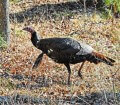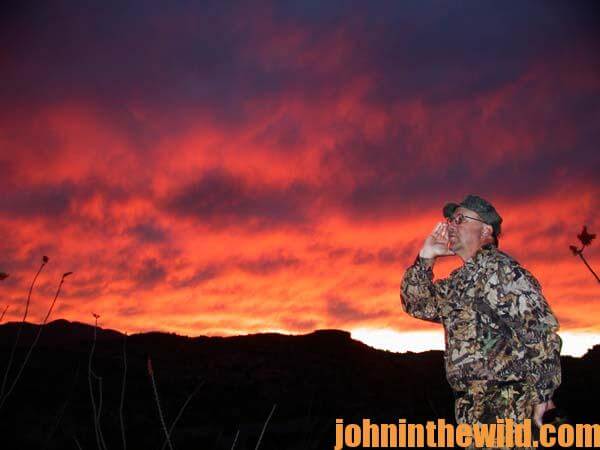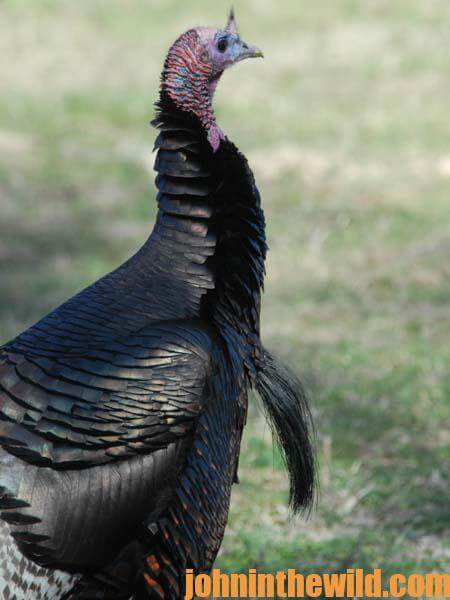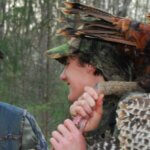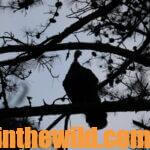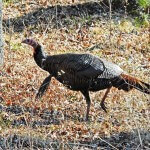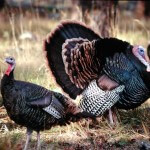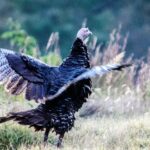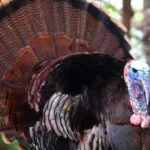John’s Note: You can wear the best-quality camouflage, use outstanding turkey calls and employ all the tactics you learn from videos, books and magazine articles, and you still may not go home with a gobbler, if you’re hunting in a place that doesn’t hold a turkey. To have a successful turkey hunt, you first must find a gobbler to hunt. And, to be successful, you need to locate more than one gobbler every day you’re afield, I’ve found in my 50 years of chasing toms. This week I’m sharing some of the most-productive ideas for hunting turkeys that people have taught me to successfully take toms this spring.
No matter how many calls you carry in the woods with you, you always will use your favorites.
Many hunters:
* use owl calls on roosted turkeys and throughout the morning to locate gobblers.
* blow crow calls once the turkey flies off the roost. Often they’ll rely on the crow call because turkeys hate crows. Crows also seem to antagonize other types of wildlife.
* like a hawk or a pileated woodpecker call when the crow call doesn’t work. Many turkey hunters prefer a hawk call, which makes a higher-pitched call like the pileated woodpecker call does. These two calls work effectively when you hunt in areas where the turkeys experience a lot of hunting pressure and don’t hear the hawk or the woodpecker call as much as they hear the owl and crow calls. A higher-pitched hawk call may cause a gobbler to speak when other calls won’t.
* use a goose-locator call in areas with intense hunting pressure, something most hunters never think of doing. One of my turkey-hunting friends swears by these calls and says, “The loud, high-pitched goose call will make turkeys gobble when no other locator call can get the bird’s attention.”
* blow a coyote call. This call works best in the West where sportsmen hunt Rio Grande or Merriam’s gobblers. The howler works most effectively just before or at daylight. However, because coyotes have expanded their range into the East, the coyote howler works for eastern hunters as well.
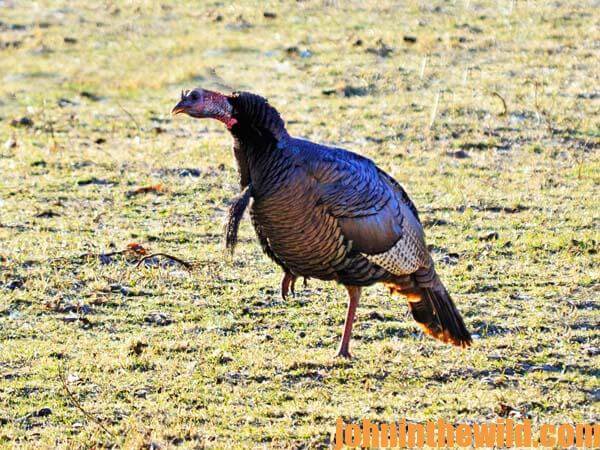 When I either make a turkey gobble or hear one gobble on his own during the season, I’ll use my locator call to determine the turkey’s direction of travel to decide where I need to take a stand. I want to get out in front of the turkey before I set-up and use hen calls. If I move ahead of the bird before I call to him, I increase my odds for bagging him. Then I’ll sneak ahead of the turkey and set-up my hunting spot as close as I can without the bird’s seeing me before I can use my hen calls. Locator calls allow me to stay in constant contact with the gobbler to pinpoint the gobbler’s position.
When I either make a turkey gobble or hear one gobble on his own during the season, I’ll use my locator call to determine the turkey’s direction of travel to decide where I need to take a stand. I want to get out in front of the turkey before I set-up and use hen calls. If I move ahead of the bird before I call to him, I increase my odds for bagging him. Then I’ll sneak ahead of the turkey and set-up my hunting spot as close as I can without the bird’s seeing me before I can use my hen calls. Locator calls allow me to stay in constant contact with the gobbler to pinpoint the gobbler’s position.
By knowing the gobbler’s location and his speed of travel, I can determine better if I have time to cut limbs and bushes to make a natural blind, or if I need to sit down quickly next to a big tree to hide my silhouette. I never use my turkey calls to call the bird to me, until I feel ready to take the shot.
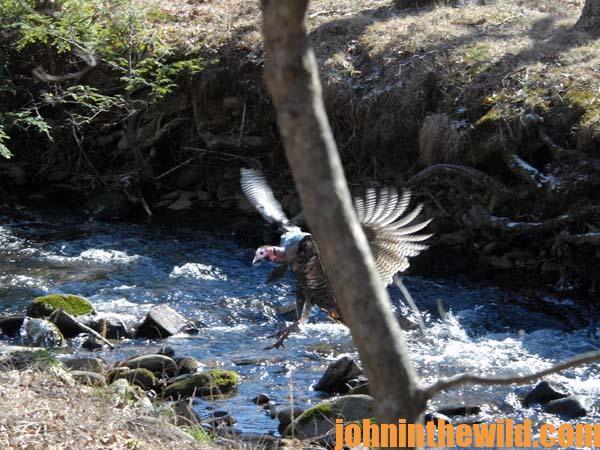 To learn more about turkey hunting from the masters, get these Kindle eBooks by John E. Phillips, including: “The Turkey Hunter’s Bible (available as an eBook or in paperback),” “PhD Gobblers: How to Hunt the Smartest Turkeys in the World,” “Turkey Hunting Tactics,” “How to Hunt Turkeys with World Champion Preston Pittman,” “The 10 Sins of Turkey Hunting with Preston Pittman,” and “Outdoor Life’s Complete Turkey Hunting.” Click here to get these books.
To learn more about turkey hunting from the masters, get these Kindle eBooks by John E. Phillips, including: “The Turkey Hunter’s Bible (available as an eBook or in paperback),” “PhD Gobblers: How to Hunt the Smartest Turkeys in the World,” “Turkey Hunting Tactics,” “How to Hunt Turkeys with World Champion Preston Pittman,” “The 10 Sins of Turkey Hunting with Preston Pittman,” and “Outdoor Life’s Complete Turkey Hunting.” Click here to get these books.


